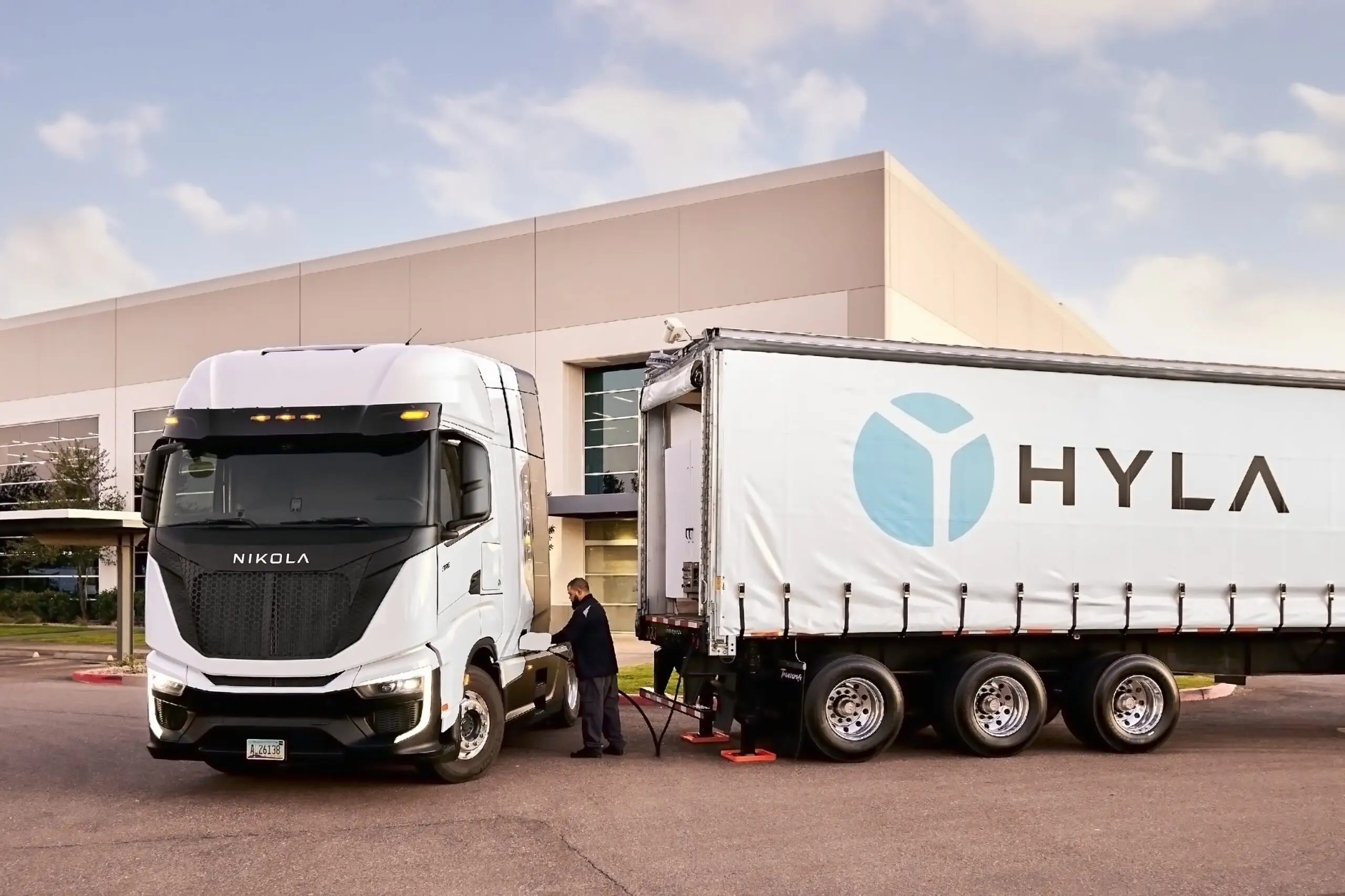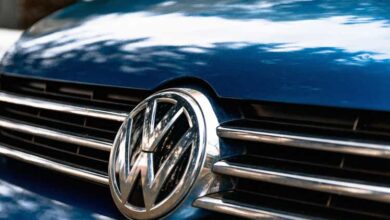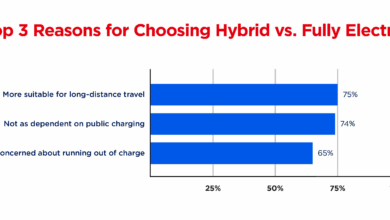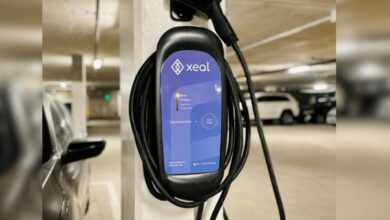EV Subsidies Expire in India, Hurting Sales
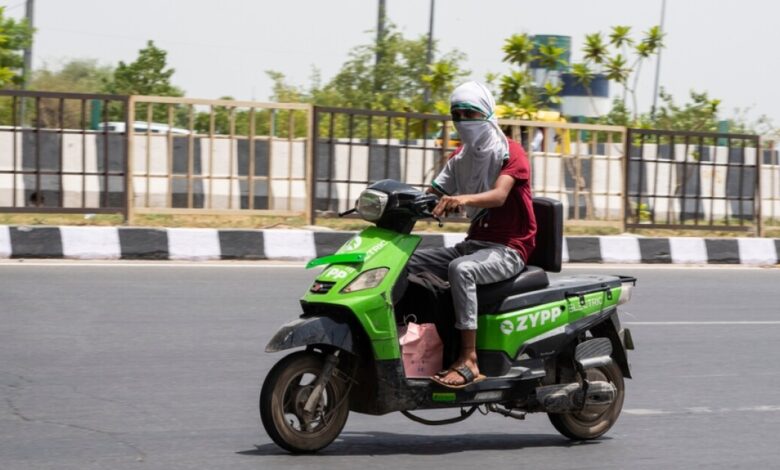
The Indian government’s decision not to extend electric vehicle (EV) incentives after their expiry this March, plus fraud charges slapped on two of India’s leading two-wheeler EV manufacturers, are together threatening to derail Prime Minister Narendra Modi’s ambitious targets for EV growth. Of perhaps even greater concern is changing political winds that could dampen the government’s commitment to battling climate change and cleaning the air.
Modi’s BJP government is set to retain power for a third term by only a slim majority following elections held between April and June. Based on results announced this week, the Congress-led opposition party coalition, called INDIA, is staging an unexpected comeback and forcing the BJP to rely on regional parties to form a government. That may affect the new administration’s resolve to electrify transport, with lobbying bound to be a major influencing factor, industry officials said.
The EV incentives, known as the Faster Adoption and Manufacturing of Electric Vehicles (Fame) program, concluded at the end of March. The Fame subsidy — which constituted as much as 40% of a vehicle’s cost at one point — was given to manufacturers, not consumers. In turn, the lapse has hit sales because EV manufacturers have been forced to increase price tags.
Sales Slump
Sales of all types of EVs, from two-wheelers to cars, declined by over 22% in May to around 123,000 units — down from 158,500 units a year earlier. Sales of EVs in April, after Fame lapsed, came in even lower at around 113,000 units. March 2024 saw a record of 130,000 units sold as companies pushed products and consumers scrambled to purchase before subsidies ended. Of the total EV sales in May, two-wheelers accounted for 52%, three-wheelers totaled 42.5%, passenger cars made up only 5% and the rest comprised buses, light commercial vehicles and other vehicles.
Market leader Ola Electric, funded by Japan’s Softbank that is now planning an initial public offering, has been the only producer to hold prices steady and introduced a cheaper model to garner sales in May.
The Modi government has an interim subsidy scheme in effect from April to July for only two- and three-wheelers. The budget is far lower than under Fame — despite intense lobbying by Tata Motors, India’s biggest producer of EV passenger cars, for stronger interim incentives.
The government had set a target of 2.5 million EVs for the 2023/24 fiscal year that ended in March, which failed, and it seems that target cannot be met this fiscal year either. India has averaged only 115,000-120,000 in EV sales every month in 2024/25.
Rating Agency ICRA, a Moody’s affiliate, says electric two-wheelers are more than 70% costlier compared with a gasoline-fueled bike, even considering the small interim incentives now in place. ICRA does expect penetration of electric two-wheelers to inch upward — to 6%-8% by the end of the current 2024/25 fiscal year, compared with around 5% now.
Crushed Confidence
Investor confidence in the EV business has been harmed by the government’s decisions to deny subsidies a few years back to Hero Electric and Okinawa, India’s top electric two-wheeler manufacturers, and bring them into legal arbitration, industry officials say. Both companies were volume drivers, but New Delhi accuses them of importing parts from China and assembling the units in India without adequate local content. Moreover, the government constituted a committee headed by a senior bureaucrat last year to probe charges against the companies.
But the findings were inconclusive and seemed to indicate that the government’s terms under Fame were unclear, something of which the companies complained. So the government constituted a second committee this year and staffed it with other bureaucrats for a different outcome aligned with New Delhi’s charges. Such actions have eroded faith in subsidy schemes, industry officials say.
India will fall far short of other markets with respect to passenger EV sales, which could reach around 17 million globally in 2024. Nearly one-fifth of all cars sold this year are expected to be electric, the Paris-based International Energy Agency (IEA) said in its Global EV Outlook 2024. The market share of EVs could reach up to 45% in China, 25% in Europe and over 11% in the US, the IEA said, attributing the buoyancy partly to policy support. That compares to EVs’ market share of just 2.3% in India through April — with barely 30,000 EVs sold.
As with many other countries around the world, EVs are much more expensive in India than combustion engine vehicles, and fewer models are available. These issues have made consumers nervous. For example, while vehicle shopping, some have found that a gasoline-fired motorbike is 40% cheaper than a comparative EV scooter — and there are hardly any available EV models in the form of motorbikes, the preferred mode of travel for youth and families.
